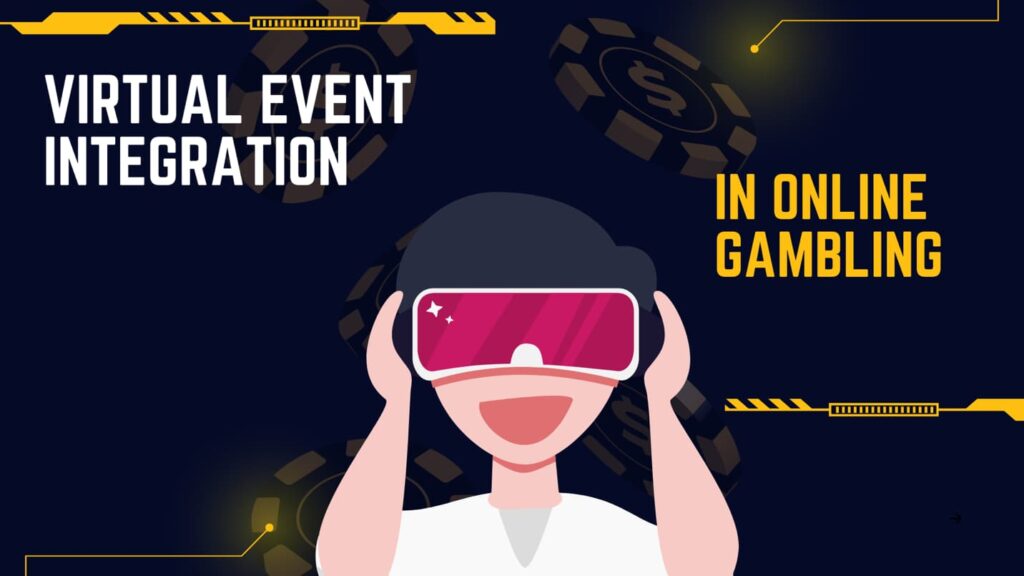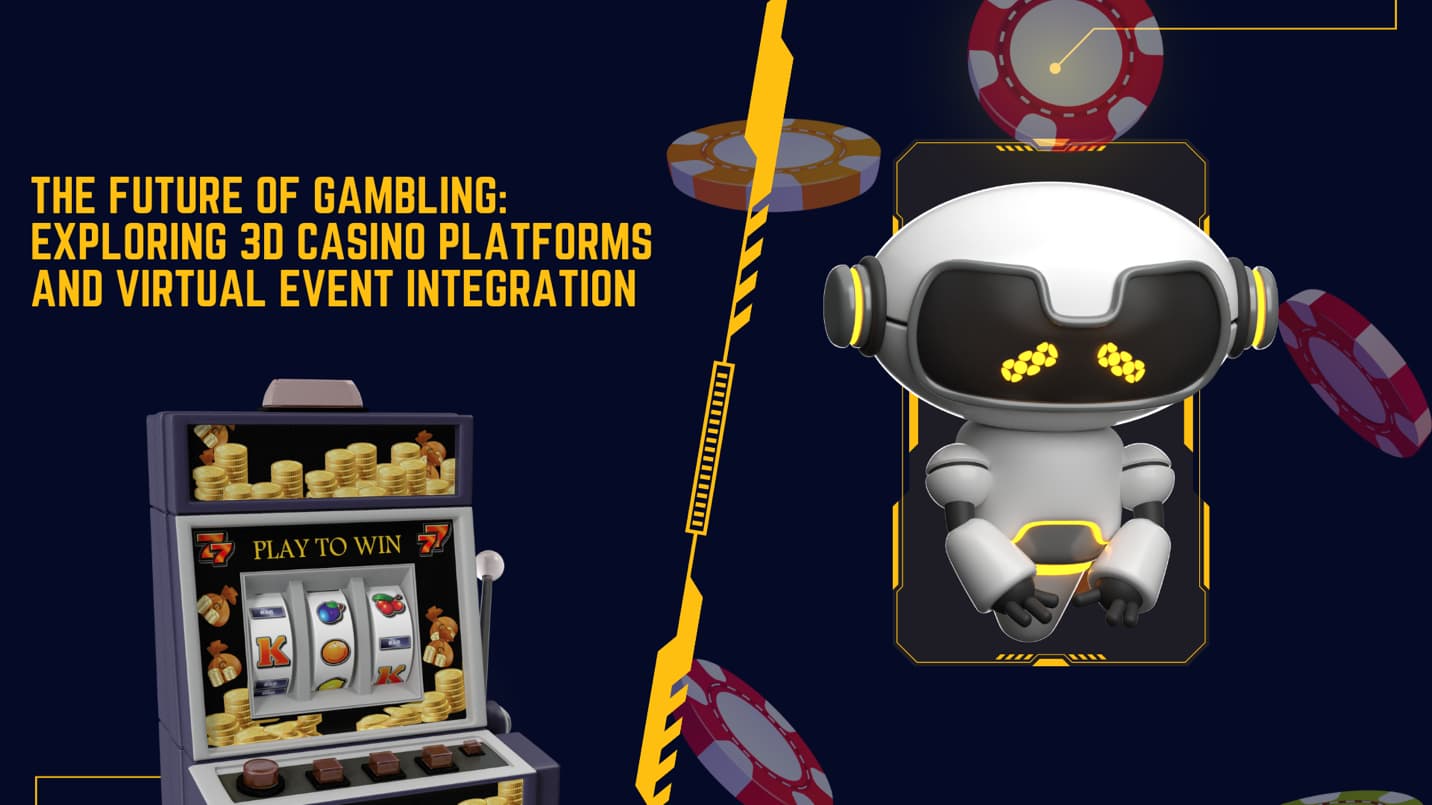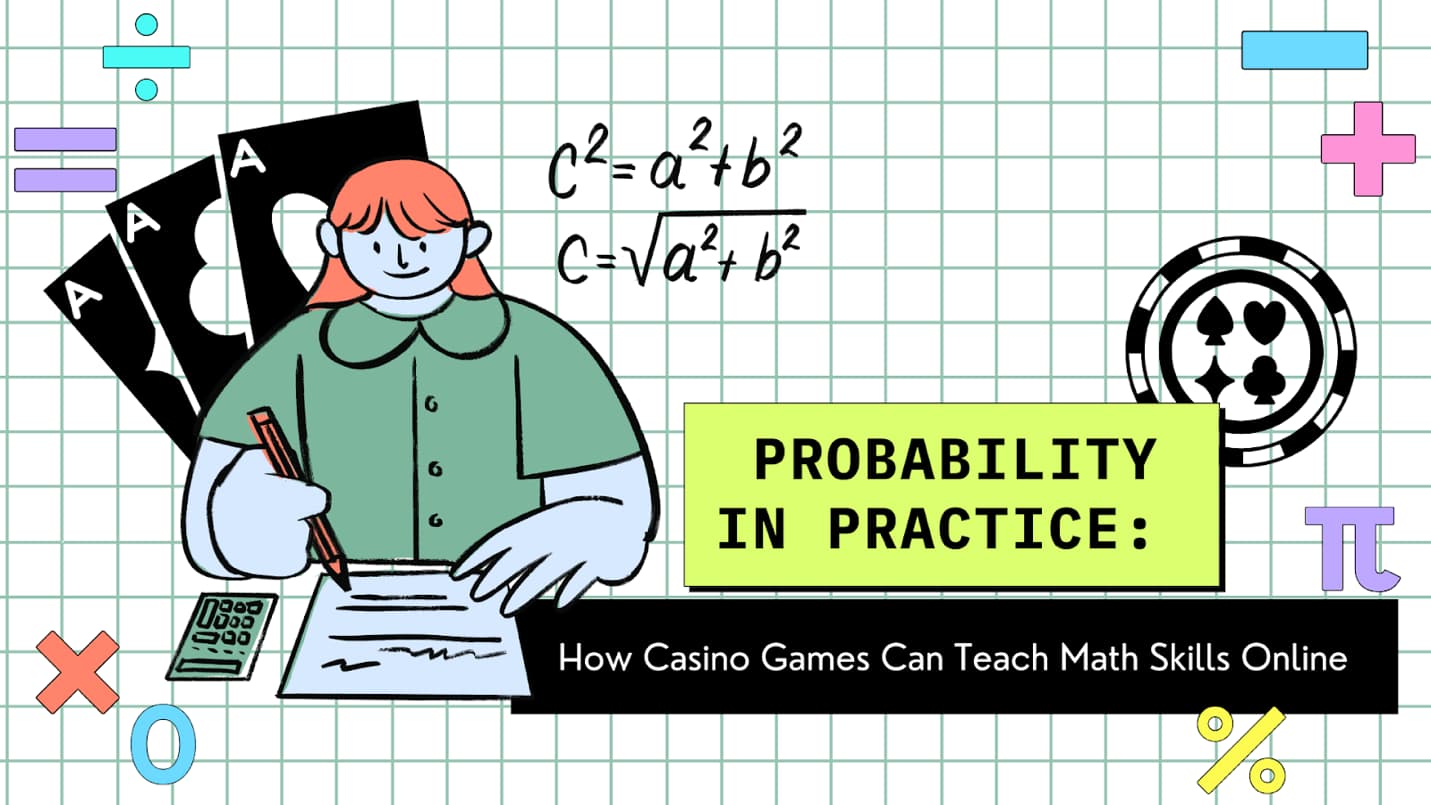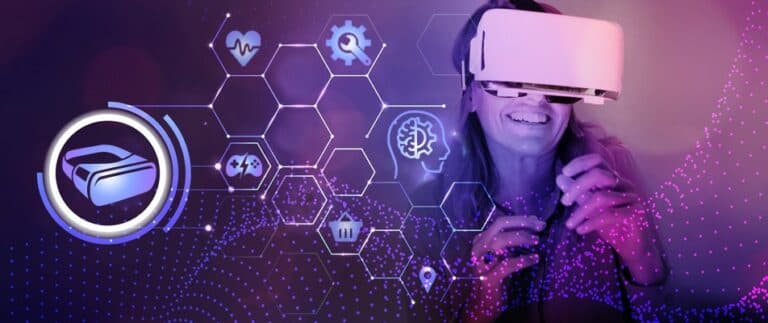The online gambling industry has come a long way from its humble beginnings of basic slot machines and simple card games displayed on flat screens. Today, cutting-edge technology is transforming how players experience casino entertainment, bringing unprecedented levels of immersion and interactivity. 3D casino platforms and virtual event integration are not just novelties—they represent the future of online gambling, promising to revolutionize player engagement and redefine what it means to visit a casino.
Understanding 3D Casino Platforms
3D casino platforms represent a dramatic leap forward from traditional online casinos. Unlike conventional websites that display games on a flat interface, these platforms create entire virtual casino environments where players can move around, interact with their surroundings, and experience gaming in a more lifelike setting.
Players typically control customizable avatars that navigate through detailed casino floors, complete with slot machines, poker tables, and roulette wheels. The graphics rival those of modern video games, featuring realistic lighting, shadows, and animations that make the experience feel tangible. These platforms leverage advanced game engines similar to those used in AAA video games to deliver smooth, responsive gameplay.
The difference between traditional online casinos and 3D platforms is like comparing a restaurant menu website to actually walking through the restaurant. In a 3D casino, players can choose which game to approach, observe other players at tables, and even people-watch from a virtual bar area. This spatial element adds a layer of authenticity that flat interfaces simply cannot provide.
The Technology Behind Virtual Casinos
The technology powering these immersive experiences includes several key innovations:
- Virtual Reality (VR) headsets that transport players directly into casino environments
- Augmented Reality (AR) systems that overlay casino elements onto the real world
- WebGL technology that enables 3D graphics directly in web browsers without downloads
- Cloud gaming infrastructure that handles complex rendering on remote servers
Hardware requirements vary significantly depending on the platform. High-end VR casinos demand powerful gaming PCs and expensive headsets, while browser-based 3D casinos can run on standard laptops and smartphones. This accessibility gap is gradually narrowing as technology becomes more affordable.
The rollout of 5G networks is particularly crucial for virtual casinos. The ultra-low latency and high bandwidth enable smooth real-time interactions and high-quality video streaming, essential for live dealer integration in 3D spaces. Mobile compatibility is also improving, allowing players to access simplified 3D environments on their phones and tablets.
Virtual Event Integration in Online Gambling

Perhaps the most exciting development is the integration of virtual events into casino platforms. Online casinos are no longer just places to play games—they’re becoming entertainment hubs hosting a wide range of activities.
Live tournaments in virtual poker rooms allow hundreds of players to compete simultaneously while interacting through their avatars. Players can chat, use gestures, and even “read” virtual tells, bringing elements of physical poker back into the online realm. These competitions often feature spectator areas where others can watch and socialize.
Many platforms now host virtual concerts, comedy shows, and special events within their casino environments. A player might finish a blackjack session and then walk their avatar over to a virtual theater to catch a live performance. Some casinos are experimenting with hybrid events that allow both in-person and virtual attendance, dramatically expanding their reach.
The social dimension cannot be overstated. Players form friendships, join clubs, and create communities within these virtual spaces. The ability to see other players, communicate in real-time, and share experiences transforms gambling from a solitary activity into a social one.
Benefits for Players and Operators
The advantages of 3D platforms and virtual events extend to both sides of the industry.
For players, the benefits include:
- Significantly enhanced immersion that makes gaming more enjoyable and memorable
- The ability to socialize and make friends in a way that traditional online casinos don’t facilitate
- Access to world-class entertainment and events from the comfort of home
- A more varied experience that goes beyond just placing bets
For casino operators, the advantages are equally compelling:
- Higher player retention rates as users stay engaged longer in immersive environments
- Increased average session lengths due to the variety of activities available
- New monetization opportunities through virtual event tickets and premium features
- Strong competitive differentiation in an increasingly crowded marketplace
Operators also gain valuable data insights into player behavior and preferences. Understanding how players move through virtual spaces and which events attract the most attention helps casinos optimize their offerings and personalize experiences.
Challenges and Considerations
Despite the promise, significant challenges remain before 3D casinos become mainstream.
Technical barriers pose the most immediate obstacle. Not all players have the internet speeds or devices needed for smooth 3D experiences. The digital divide means that premium virtual casino experiences may remain accessible primarily to affluent players in developed countries.
Regulatory complexity adds another layer of difficulty. Gambling laws vary dramatically across jurisdictions, and virtual platforms that feel like physical spaces may face additional scrutiny. Regulators are still developing frameworks for overseeing these immersive environments.
Responsible gambling becomes more complicated in highly engaging 3D settings. The immersive nature of these platforms could make it easier for problem gamblers to lose track of time and money. Operators must implement robust safeguards and intervention systems.
Privacy and security concerns also loom large. Virtual environments collect vast amounts of data about player behavior, preferences, and social interactions. Protecting this information while preventing fraud and cheating requires sophisticated systems and constant vigilance.
The Road Ahead
The next five to ten years will likely see explosive growth in 3D casino platforms and virtual event integration. As metaverse concepts gain traction, gambling could become one of the first mainstream metaverse applications, with casino platforms serving as anchors for broader virtual worlds.
Blockchain technology and cryptocurrency may play expanding roles, enabling provably fair games and seamless cross-border transactions. AI-powered virtual hosts and dealers could provide personalized experiences that adapt to individual player preferences and skill levels.
Traditional brick-and-mortar casinos are taking notice. Some are developing their own virtual twins—digital replicas that allow remote visitors to experience their properties. Others are exploring hybrid models where physical casinos host events that are simultaneously experienced by virtual attendees worldwide.
Payment systems will continue evolving, with biometric authentication and instant settlement becoming standard features. The line between virtual and physical gambling experiences will blur further as technology advances.
Conclusion
3D casino platforms and virtual event integration represent more than incremental improvements—they signal a fundamental transformation in how people experience gambling entertainment. As technology advances and becomes more accessible, these immersive experiences will likely transition from novelty to expectation. The future of gambling is not just online—it’s experiential, social, and limitless.



